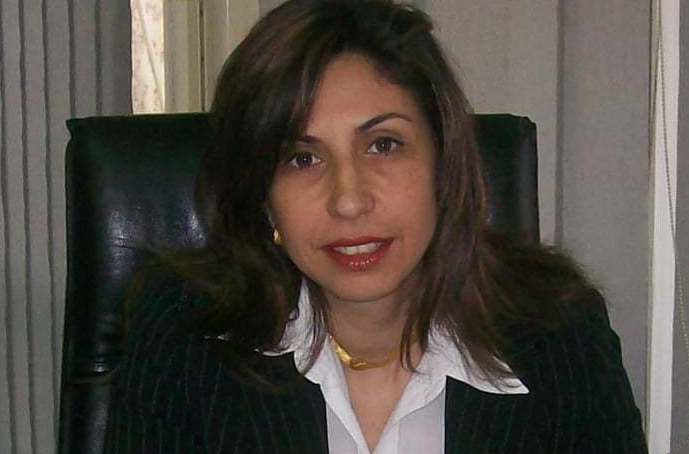
(AFP PHOTO / KHALED DESOUKI)
By Abdelraziq Al Shuweikhi
Travel to the Middle East is expected to grow by 11.9% over the next decade, versus 8.4% during the last decade, according to an Amadeus IT Group study issued on Thursday.
“The rate of travel will grow globally by about 5.4% annually over the next decade,” the study stated.
Elhamy Zayat, head of the Egyptian Federation of Chambers of Tourism, said that “opportunities for growth of tourism in Middle Eastern countries are very good, especially after the emergence of Dubai in the United Arab Emirates and increased travel to Turkey and Tunisia.”
Zayat added that the Arab Spring has negatively affected tourism during the past three years in Egypt and Tunisia, which had seen significant growth in 2010. In turn, Turkey and Morocco have taken advantage of the decline in these countries.
Approximately 15 million tourists visited Egypt in 2010, compared to less than 10 million tourists last year.
Tourism revenues in Egypt during the last year dipped to $5.9bn, down 41%, and continued to decline during the first quarter of this year, as revenues reached $1.3bn.
Adala Rajab, economic advisor to the Minister of Tourism, said: “Egypt possesses significant growth opportunities, but it all depends on security and stability in the streets.”
“We hope to jumpstart the recovery by the end of this year after the presidential elections,” he added.
Fifteen European countries issued travel warnings regarding the Sinai Peninsula in mid-February after the bombing of a tourist bus near the Taba border crossing with Israel.
Hisham Ali, the president of the Tourism Investor Association of South Sinai, said that occupancy rates in South Sinai currently range between 45 to 55% due to the travel warnings.
Despite South Sinai being better off than other areas, including Cairo, Luxor and Aswan, its current occupancy rate is low considering that it can exceed 90% in normal conditions.
He stated that the majority of arrivals in South Sinai come from Eastern Europe, especially Russia, the first source of tourism to Egypt.
Over the past year, 2.4 million Russian tourists visited Egypt, compared to 2.5 million in 2012.
Ali said that Sharm El-Sheikh is better off than the rest of South Sinai, as some cities have less than 30% occupancy.
Adel Rady, president of the Tourism Investors Association in Marsa Alam, said that in southeast Egypt along the Red Sea coast the overall occupancy rate stood at about 40%, compared to 70% in Hurghada.
The Red Sea benefitted from the European travel warnings for the Sinai Peninsula.
“The Ministry of Tourism will launch a direct flight programme from Kuwait and Saudi Arabia to Hurghada this May,” Rady said.
He justified limiting the programme to Hurghada with it being the best prepared tourist destination in the region.
The Egyptian Ministry of Tourism has undertaken several initiatives to promote tourism since the outbreak of political unrest in 2011.The areas most affected by turmoil during the past three years have been Cairo, Luxor and Aswan.
Tharwat Agami, chairman of the Chamber of Companies in Luxor said: “Occupancy rates have not exceeded 18% this week and we hope [visits] will rise among Western Europeans, especially concerning tourists from France and Britain.”



